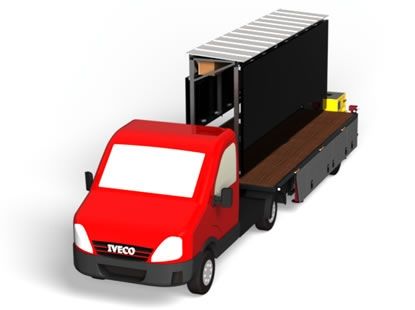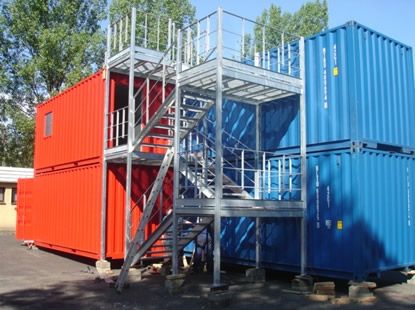Straßen-Schienenfahrzeuge und Arbeitsbühnen
We have been designing rail vehicles and aerial elevaiting work platforms for more than 10 years. We are providing bespoke designings for a number of our customers always considering their special needs starting from concept to manufacturing. We do a product feasibility study, modelling and drawings, production on demand or supervisory of outsourced production. We will help to develop, execute tests and improve your existing machine or new concept.
We do also provide hydraulic solutions of drive and aerial arms installed on vehicle's, electrical systems and CE marking.
OUR MAIN SPECIAL TIES:
- Automotive - vehicle's hydrostatic drives,
- Mobile Elevating Work Platforms acc. to standard EN 280 - Mobile elevating work platforms. Design calculations. Stability criteria. Construction. Safety. Examinations and tests
- Road-rail vehicles, rail drives EN 15746 - Railway - Track - Road-rail machines
- Vehicle mounted machinery (work platforms, loader cranes)
- Liftig machinery (EN 1493 - Vehicle lifts, EN 12999 - Cranes. Loader cranes, EN 13000 - Cranes. Mobile cranes)
Below, you can see a short summary, how road-rail machines are categorized by standard EN 15746 regarding to their construction
Category 8 machine
Capable of incorporation into train. It is permitted to restrict position of the machine in the train to the front or rear only ir required.
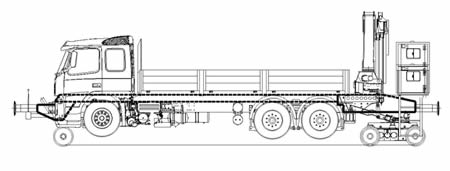
Category 9A machines
Breaking and traction directly on the wheels, load entirely on the rail wheels.
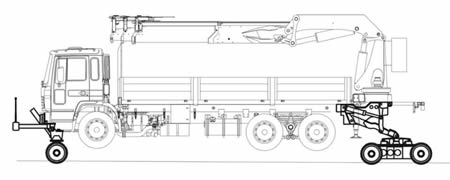
Category 9B machines
Braking and traction indirect, from road wheels to rail wheels, load entirely on rail wheels
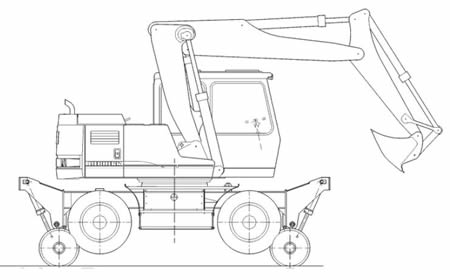
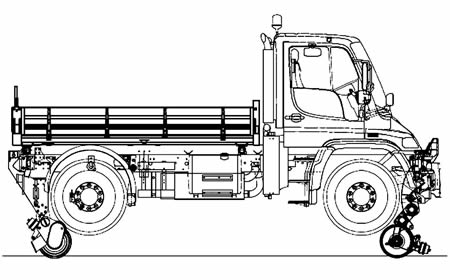
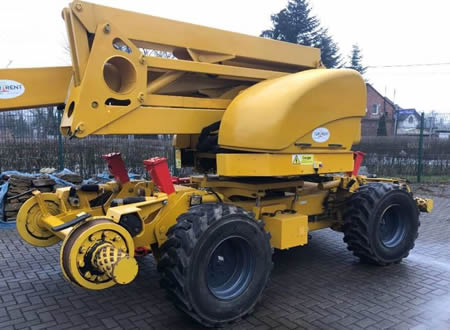
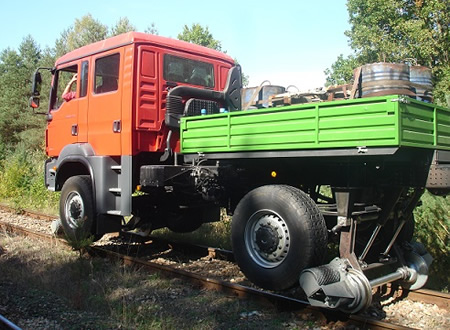
Category 9C machines
Braking and traction on road wheels, load shared between road and rail wheels. Rail wheels have no drive system.
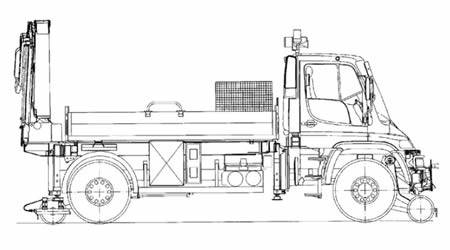
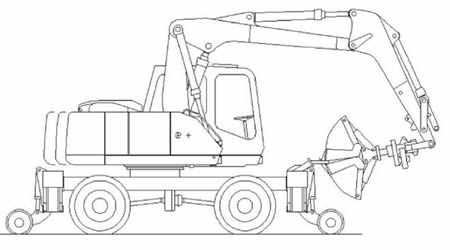
FAHRZEUGRECHNER
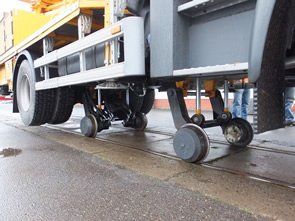
Wir haben die 2. Version unseres Excel-Berechnungsblattes für Fahrzeughersteller herausgegeben.
Das Blatt verfügt über:
- Datenbank mehrerer Trägerfahrzeuge;
- Benutzerdefiniertes Host-Fahrzeug kann vom Benutzer definiert werden;
- Sie können Ihre Lasten an bestimmten Positionen am Fahrzeug definieren;
- Sie erhalten eine Schwerpunktlage und die daraus resultierende Belastung der Vorder- und Hinterachse berechnet;
- Warnungen werden angezeigt, wenn die maximal zulässige Last für das ausgewählte Host-Fahrzeug überschritten wird.



